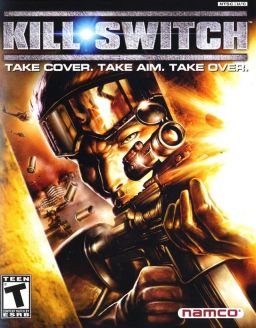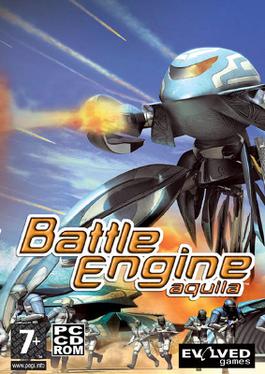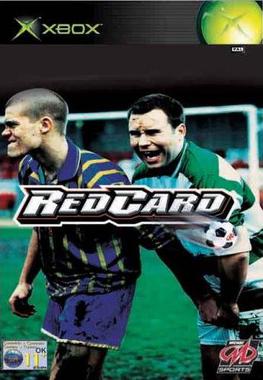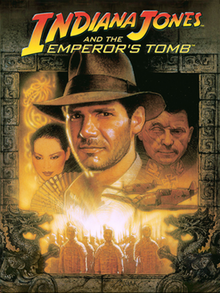
Romance of the Three Kingdoms is a series of turn-based tactical role-playing simulation grand strategy wargames produced by Koei. Originating from Japan in 1985, fourteen installments of the game have been published in Japan, Taiwan, China, South Korea and North America to date. While the game's title as it was released in English refers to the 14th century historical novel Romance of the Three Kingdoms (三國演義) by Luo Guanzhong, the title as it was released in Japan and Chinese regions refers to the 3rd century historical text Records of the Three Kingdoms (三國志) by Chen Shou.

Midnight Club II is a 2003 racing video game developed by Rockstar San Diego and published by Rockstar Games. It is the sequel to Midnight Club: Street Racing, published for the PlayStation 2, Xbox and Microsoft Windows and first in series to feature motorcycles. Players can race through cities based on Los Angeles, Paris, and Tokyo. The game also features an online multiplayer component. It is the second game in Midnight Club franchise, followed by Midnight Club 3: DUB Edition.

Driver 3 is a 2004 action-adventure game, the third installment in the Driver series. It was developed by Reflections Interactive, published by Atari, and released on PlayStation 2, Xbox and mobile phones in June 2004, Microsoft Windows in March 2005, and Game Boy Advance in October 2005. The game's story focuses on players assuming the role of John Tanner, an undercover FBI agent, as he investigates a car-smuggling ring across three countries, in order to identify and arrest its boss and learn who they are planning to sell a cache of stolen cars to. The game expanded upon its predecessors with on-foot sections, gun combat, and drive-by shooting, with virtual recreations of three major cities - Miami, Nice, and Istanbul - free-roam game mode, and an improvement to the series' film-making "director mode".

Need for Speed: Underground is a 2003 racing video game and the seventh installment in the Need for Speed series. It was developed by EA Black Box and published by Electronic Arts. Three different versions of the game were produced: one for consoles and Microsoft Windows, and another for the Game Boy Advance. An arcade version was additionally developed by Global VR, and was published by Konami with assistance from Electronic Arts.

Need for Speed: Hot Pursuit 2 is a 2002 racing video game, the sixth installment in the Need for Speed series and the sequel to 1998's Need for Speed III: Hot Pursuit. It was developed by EA Black Box for the PlayStation 2, and by EA Seattle for GameCube, Xbox, and Microsoft Windows. It features cars from various high-performance and exotic car manufacturers. Players can compete in races using these cars, or opt to play as a police officer and pursue speeders.

25 to Life is a third-person shooter video game developed by Avalanche Software and Ritual Entertainment and published by Eidos Interactive for Microsoft Windows, PlayStation 2, and Xbox and released in 2006.

State of Emergency is a beat 'em up/shoot 'em up video game developed by VIS Entertainment and published by Rockstar Games for PlayStation 2 and Xbox, and by Global Star Software for Microsoft Windows.

Kill Switch is a third-person shooter video game developed by Namco USA in 2003 for the PlayStation 2, Xbox and Microsoft Windows. A Game Boy Advance port was released in 2004. The GBA port was created independently of Namco, due to a licensing deal with Destination Software. The PAL release of the PS2 port came with a demo of SOCOM II U.S. Navy SEALs on a separate disc.

Battle Engine Aquila is a 2003 video game for PlayStation 2 and Xbox developed by Lost Toys and published by Infogrames Europe. In the game the player pilots the Battle Engine for the Forseti military in their wars against the Muspell to decide who will rule what's left of the world. Battle Engine Aquila received little attention from the public despite overall good reviews from critics. It was listed as #86 in the Top 100 Games for PlayStation 2 by IGN. A later Microsoft Windows port was published by Encore Software.

Auto Modellista (アウトモデリスタ) is a racing game developed and published by Capcom, first released on PlayStation 2, later ported to GameCube and Xbox.

Conflict: Desert Storm is a tactical shooter video game developed by Pivotal Games and published by SCi Games and Gotham Games for Microsoft Windows, PlayStation 2, Xbox, and GameCube; it is the first installment in the Conflict series. Another game of the same name was produced for Mobile phones, developed by Synergenix and published by Kayak Interactive.

Heroes of the Pacific is an aerial combat simulator game set in the Pacific Theater of Operations during World War II.

Secret Weapons Over Normandy is a World War II-based arcade video game. Published by LucasArts and developed by Totally Games, the game is composed of 15 objective-based missions set in 1940s European, North African, and the Pacific theatres of war. The story was written by Derek Chester. The music was composed by Michael Giacchino.

Street Racing Syndicate is an open world multiplatform racing video game produced by Eutechnyx, and released by Namco on August 31, 2004, for the PlayStation 2, GameCube, Xbox and Windows-based personal computers. The game was also released for the Game Boy Advance on October 4, 2005. During its release, it was meant to compete against Need for Speed: Underground 2, the sequel to the critically acclaimed first game released in 2003.

Catwoman is an action-adventure video game based on the 2004 film of the same name based on the fictional character. It features the likeness of the film's lead actress Halle Berry, while the character's voice is provided by actress Jennifer Hale.

MTX Mototrax is a racing video game developed by Left Field Productions and published by Activision for PlayStation 2 and Xbox in 2004. It was released for Microsoft Windows and Mac OS X later that year developed by Beenox and published by Aspyr. It was also released in 2006 for the PlayStation Portable. Additional releases were planned for the GameCube console in 2004, which was later canceled, and Tapwave Zodiac, which was called off when Tapwave went out of business. A demo version of the game is available in the options menu in the PlayStation 2 version of Tony Hawk's Underground.

RedCard 2003, known as RedCard in Europe, is a video game based on association football, released in 2002 by Point of View. The game follows most of the rules of football, but allows for heavy tackles and special moves once the player has charged up a special meter.

Wakeboarding Unleashed Featuring Shaun Murray is an extreme sports video game developed by Shaba Games, Small Rockets and Beenox, and published by Activision under the Activision O2 label and Aspyr for Game Boy Advance, Macintosh, Microsoft Windows, PlayStation 2, Xbox and mobile phones in 2003. It features wakeboarder Shaun Murray.


















